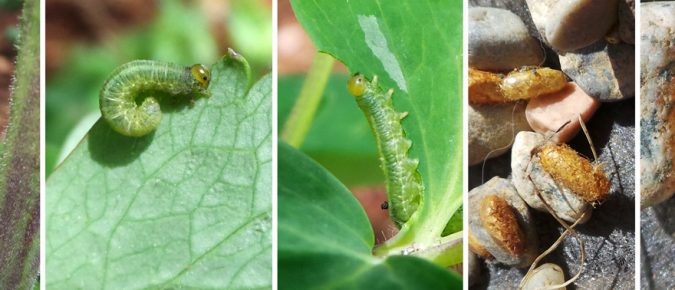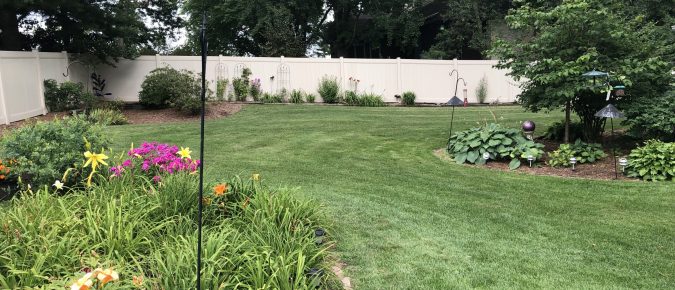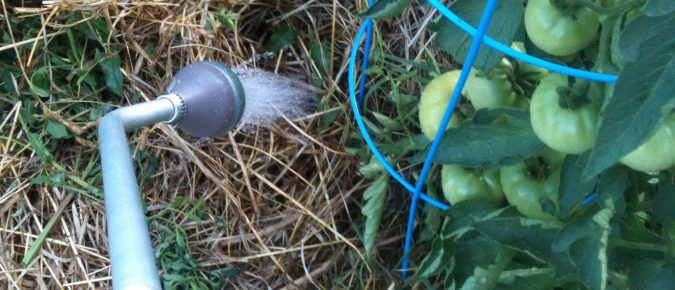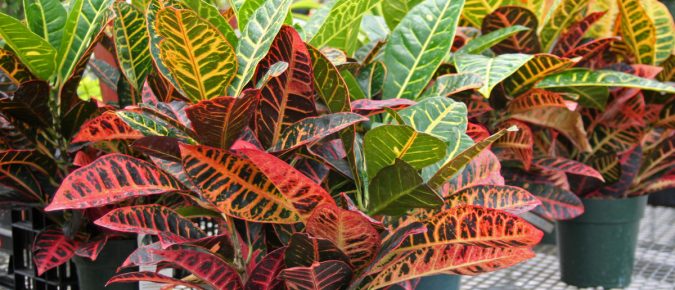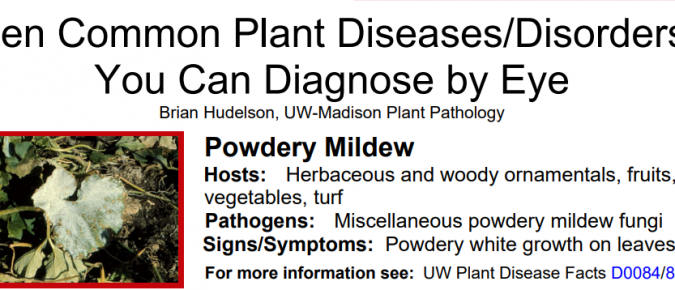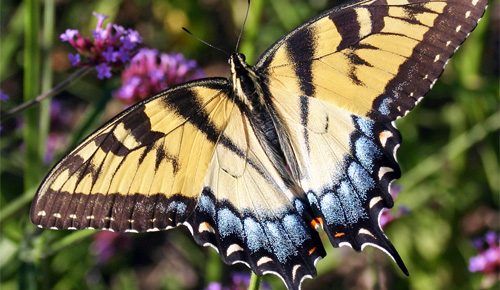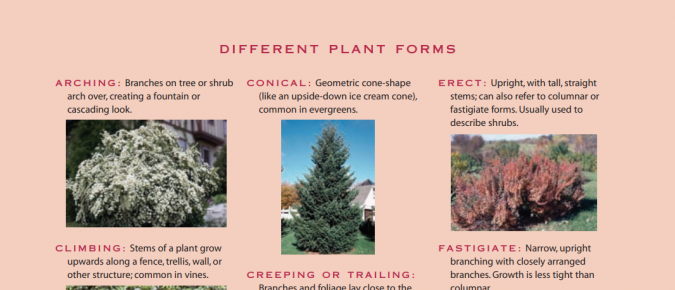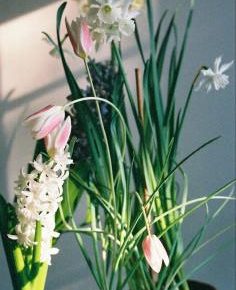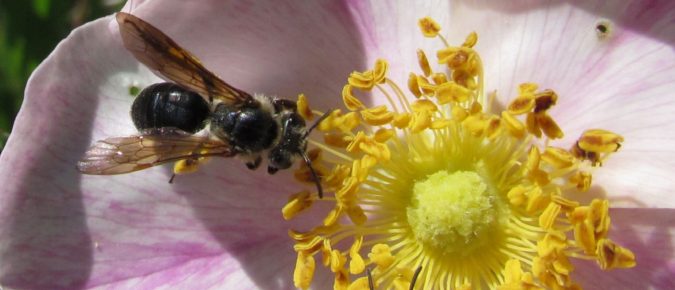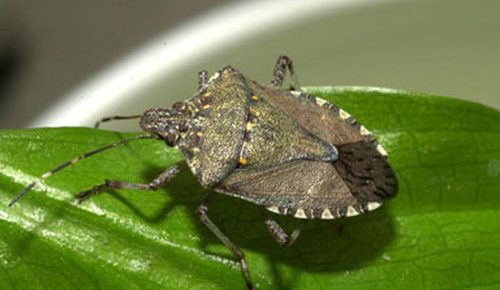By: PJ Liesch, Extension Entomology Specialist Even though insects can cause damage to our plants, not all of them are harmful. In this video, you will learn how to look for signs of insects, why identification is required, and different control options and methods. The first step in the management process of insects in yards […]
By: Andrea Ackerman, Horticulture Outreach Specialist In this video, learn how to approach your garden and yard cleanup with a better understanding of strategies you can use to benefit your yard, keeping in mind plant diseases, insects, winter interest and wildlife food. When preparing a garden for fall and winter, focus on plant diseases, insect […]
By: Lisa Johnson, Horticulture Outreach Specialist Proper watering of your plants can help them grow well and prevent problems. In this video, you will learn about the water requirements for most plants, how proper watering practices can prevent plant diseases, and different ways to conserve water for your yards and gardens. How much water plants […]
By: Darrin Kimbler, Agriculture Educator, Iron County To bring your outdoor plants inside for the winter, there are some things you should know and do first. In this video, you will learn about which plants can come indoors, the requirements for growing plants indoors after they have been outside all summer, and how to properly […]
This fact sheet provided a list of 10 relatively easy to identify plant diseases.
Colorful butterflies can add a lot to a garden. Learn how to create a butterfly garden that will be attractive to many different types of butterflies in this article…
The Japanese beetle, Popillia japonica, is a significant pest of landscape trees and shrubs, vegetable and fruit crops, and turfgrass. This factsheet describes the lifecycle of this beetle along with management and control options.
Plant selection is one of the most important decisions a gardener, landscaper or designer makes. Learn more about selecting plants in this publication.
Planting flowers will encourage many beneficial insects because they need nectar and pollen as adults. To learn more about which flowers are best for supporting natural enemies, including parasites and parasitoids, read this article…
Many plants grown from mbulbs can be forced to bloom indoors during the winter. Learn how to choose, plant, and provide the right conditions to enjjoy spring-flowering blooms indoors while its still winter outside.
This free publication describes the importance of bees in pollinating major food crops, how to attract and support native pollinators, and how to construct, place, and maintain nests.
Brown marmorated stink bug is a non-native pest that feeds on awide range of plants. This insect is also a nusiance when it overwinters indoors. Learn about identification and management in this factsheet.

